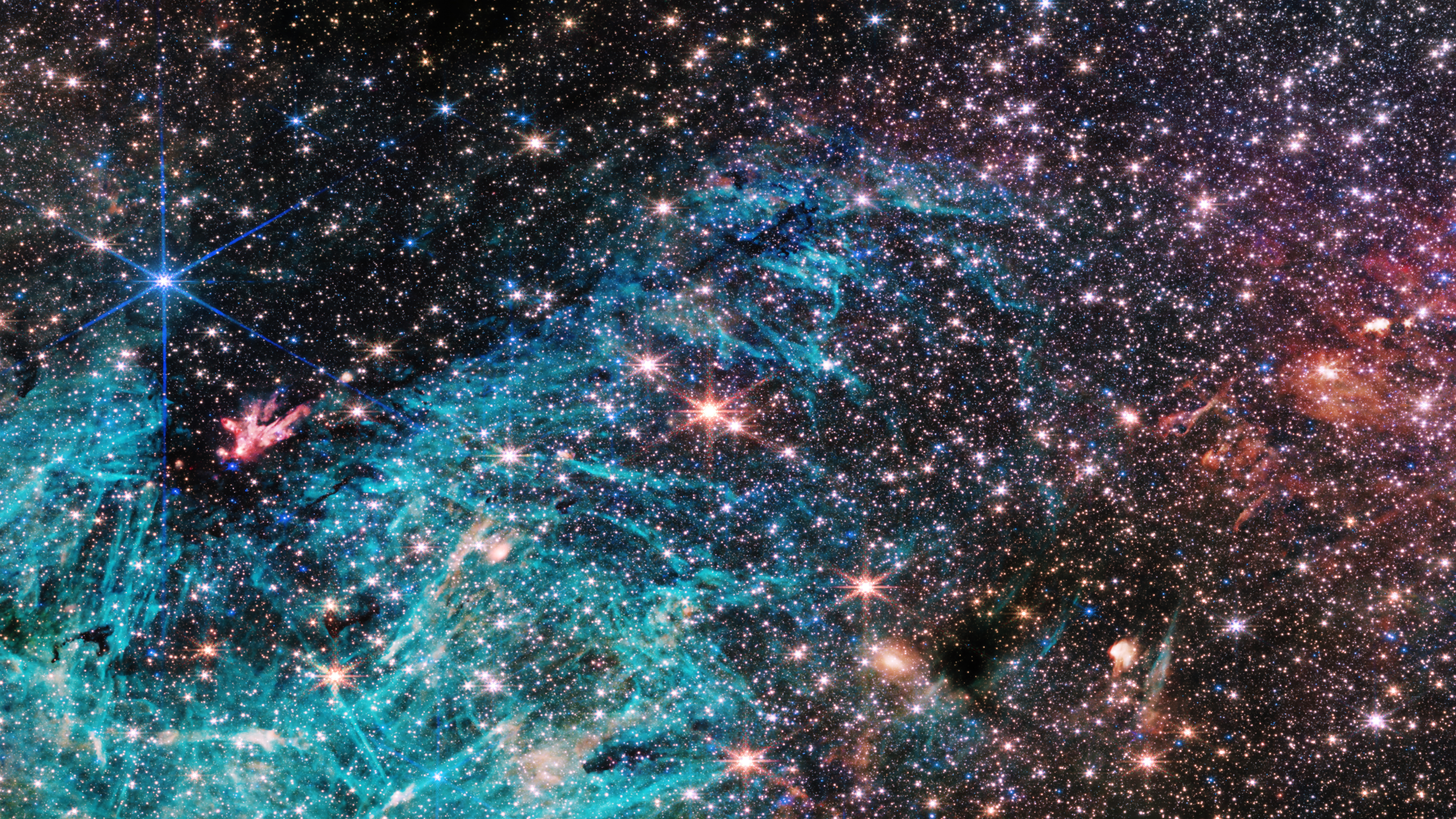
As we move into late summer, astrophotographers and stargazers in the Northern Hemisphere have the perfect opportunity to view the luminescent heart of our galaxy, the Milky Way, without the need for a telescope.
The best shot is at New Moon, so the natural light doesn’t interfere. Find yourself a dark spot as free as possible of artificial light, and wait for the clouds to clear.
What is the Milky Way
The Milky Way is our galaxy, a huge collection of stars, gas, and dust called a ‘spiral galaxy’ because if you viewed it from either end, it would look like a spinning pinwheel.
The Sun is located on one of the spiral arms, about 25,000 light years away from the center of the galaxy.
The Milky Way gets its name from a Greek myth about the goddess Hera, who was both the sister and wife of Zeus, and co-ruler of Mount Olympus, who legend has it threw milk across the sky, creating the formation.
In China, it’s known as the ‘Silver River,’ and in the Kalahari Desert in Southern Africa, it is called the ‘Backbone of the Night’.
When is the best time of year to see the milky way
The Milky Way is at its highest point during the summer and winter, swivelling from north to south and passing directly above Earth, however, it is far more visible in the summer months, June through September, as the Earth faces the galactic center.
On ideal clear nights in early summer, the Milky Way can be seen as soon as darkness falls, flowing parallel to the horizon east–southeast before transitioning vertically overhead and towards the west-southwest as the night stretches on.
In the winter, we are positioned away from the congested center of the Milky Way, making it less prominent, but still visible through long-exposure photography, often aided with the use of a telescope.

Tips for shooting the Milky Way this summer
It’s unlikely that people who live in built-up areas will get the best views of the Milky Way due to light pollution, even with the best light pollution filter.
It might seem like a difficult task, however, all you need to snap beautiful images of the Milky Way in the summer are a tripod, your camera, and a wide-angle lens.
According to N-Photo, the Nikon magazine, these are the invaluable accessories you need for astrophotography:
-
Tripod
With exposures lasting several seconds, it’s vital that your camera remains rock-steady throughout for sharp shots of the stars and the Milky Way. Check our guide to the best tripods. -
Wide-angle lens
The wider your lens, the more of the galaxy you’ll be able to fit into a shot. A 24mm will be fine, though, as you can stack the images later on in software; what's important is that it has a wide aperture, to gather plenty of light. Find one for your camera in our guide to the best lenses for astrophotography. -
Red torch
A red-colored light is lower in frequency than a traditional white torch, and is preferable for astrophotography as it doesn’t ‘blind’ your night vision. Some of the best head torches have a suitable red light setting – and will leave your hands free. -
Use your apps
There are a wide range of smartphone apps to track the weather, map light pollution, and show the position of the Milky Way in the night sky. We're fans of Star Walk 2 (or desktop-based software like Stellarium). -
Remote release
To avoid knocking your tripod as you take a shot, it is helpful to have a camera remote to fire the shutter. If you don't have one of these, use the self–timer instead to reduce vibrations.
Check out our guides to the best telescopes for astrophotography, and the best deep-space telescopes.
Why not also take a look at the best cameras for astrophotography, and the best lenses for astrophotography.







